The debate pits officer safety against the need for public trust.
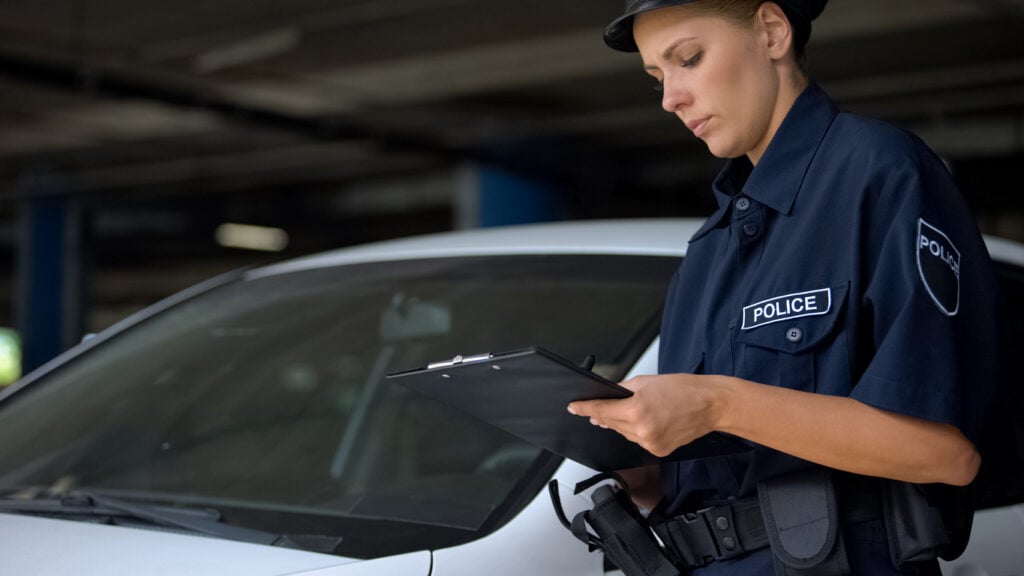
In recent years, the sight of federal law enforcement agents, such as those from Immigration and Customs Enforcement (ICE) or the Department of Homeland Security, wearing face masks or balaclavas during operations has become common. This has sparked a contentious debate about whether this practice should be adopted by local, civilian police departments. The issue is incredibly complex, touching on core principles of officer safety, public transparency, and community trust.
There are compelling arguments on both sides, and understanding them is key to navigating this difficult question about the future of policing in America.
1. The argument for: It protects officers and their families from retaliation.
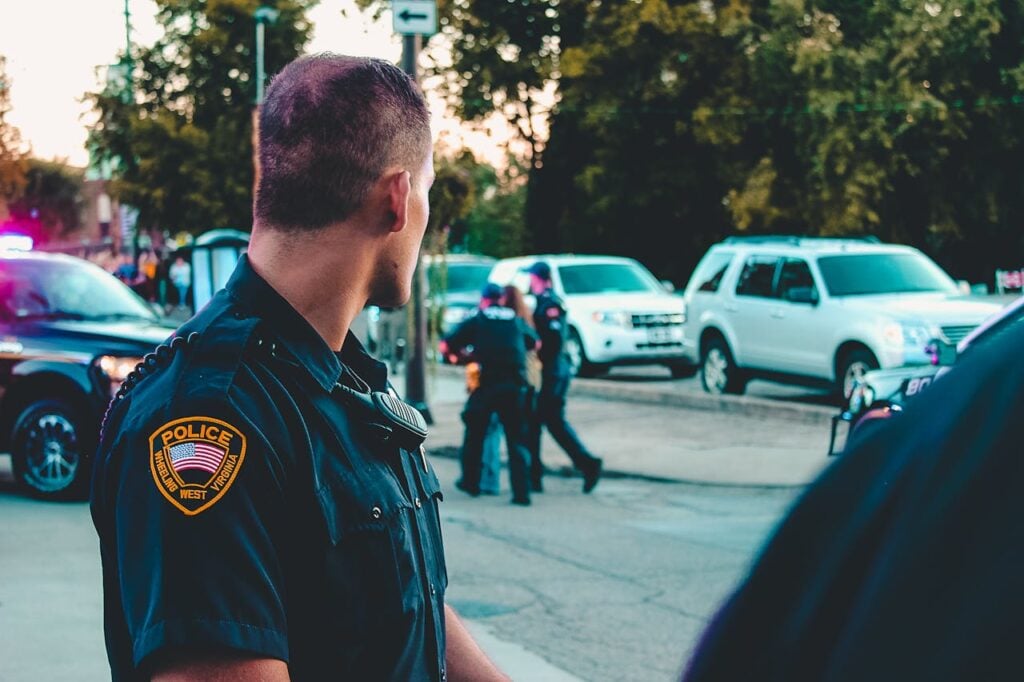
The primary reason federal agents wear masks is for operational security and personal safety. In an age of social media, it is incredibly easy for a suspect or their associates to identify an officer, find their personal information online, and target them or their family for retaliation or harassment, as stated at PBS. This is a very real danger, especially for officers working in specialized units that deal with gangs or organized crime.
Proponents argue that allowing local officers to wear masks during specific, high-risk situations, such as executing a warrant or during a tense protest, would provide a crucial layer of protection. It would allow them to do their jobs without the constant fear of being identified and targeted later.
2. The argument against: It erodes public trust and transparency.
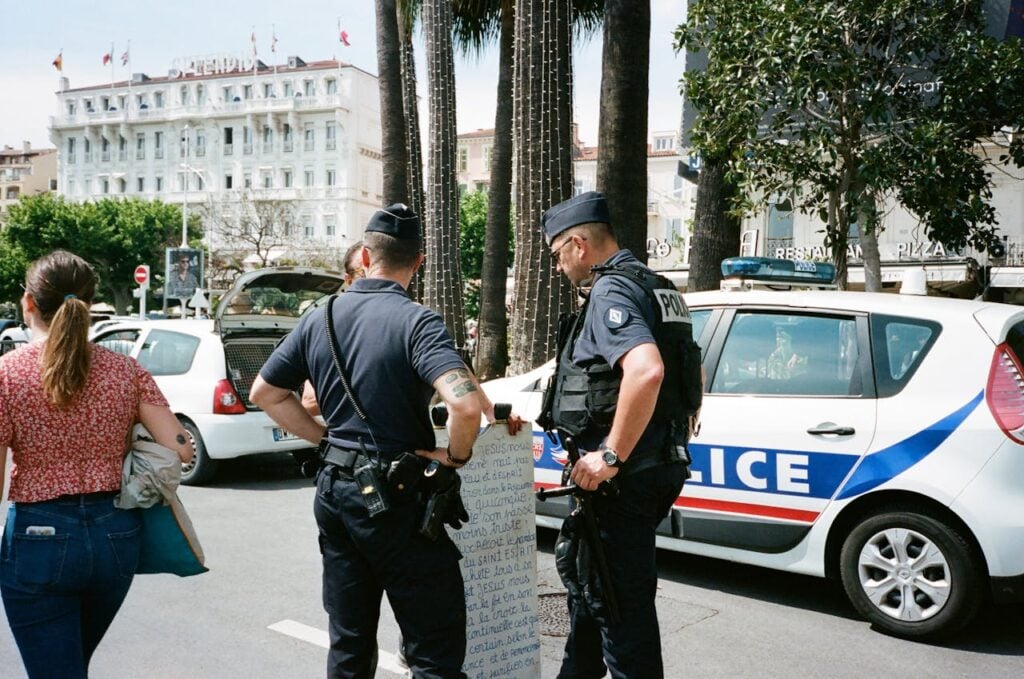
The core of community policing is the idea that officers are members of the community they serve, not an occupying force. A police officer’s face is their most basic form of identification and a key part of their human connection to the public. When that face is hidden behind a mask, it creates a powerful and often intimidating barrier between the police and the people.
Opponents argue that this practice makes officers seem anonymous, unapproachable, and militaristic. It can foster fear and suspicion in the community, making it much harder to build the kind of trusting relationships that are essential for effective and legitimate policing. It fundamentally changes the perception of the officer from a public servant to a faceless agent of the state, according to American Magazine.
3. The argument for: It prevents “doxing” and online harassment.
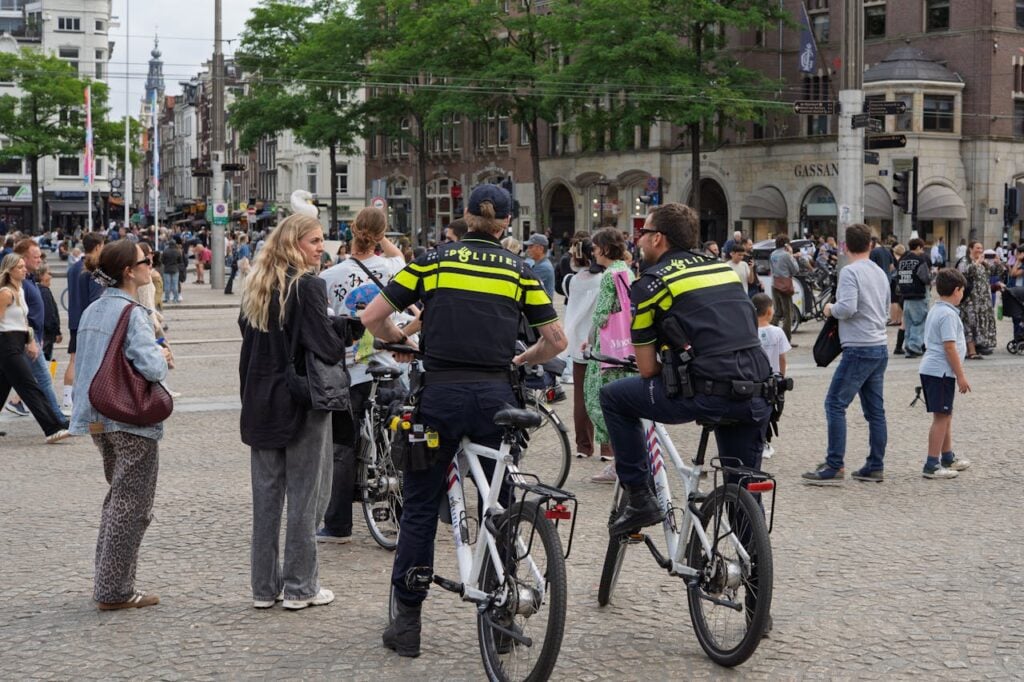
Beyond the risk of physical retaliation, there is the modern threat of “doxing.” This is the malicious practice of publishing a person’s private information, such as their home address, phone number, and names of their family members, online for the purpose of encouraging harassment, as reported by The New York Times. Police officers are frequent targets of doxing campaigns, which can destroy their personal lives.
Advocates for masking argue that it is a simple and effective defense against this tactic. If an officer’s face cannot be clearly seen and identified on a viral video, it makes it much more difficult for online mobs to target them. This provides a necessary layer of protection in the digital age.
4. The argument against: It hinders communication and de-escalation.
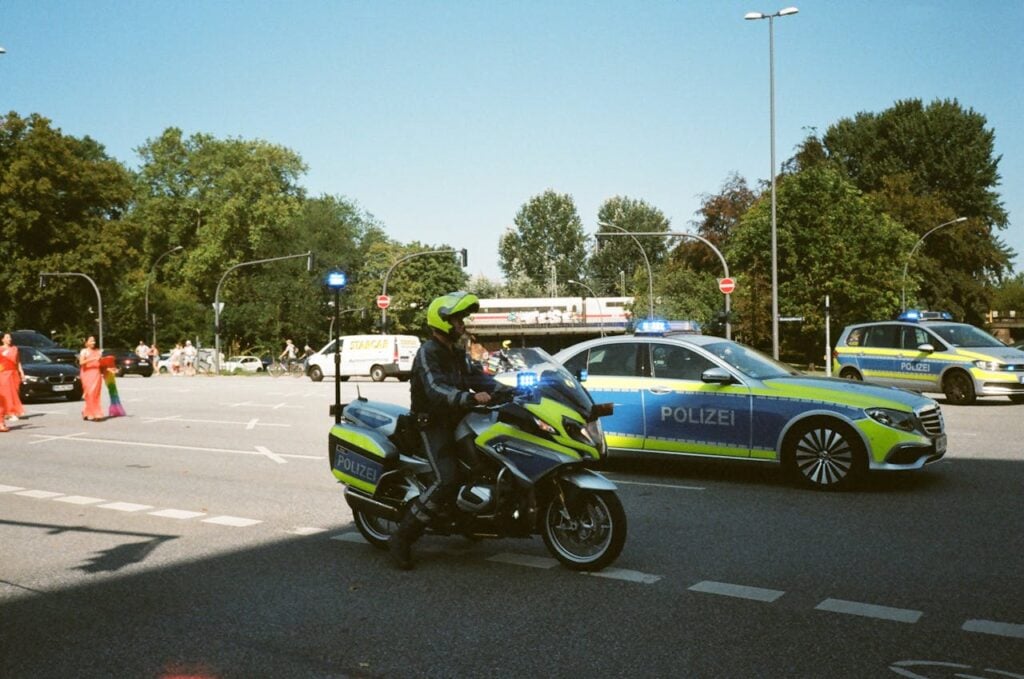
So much of human communication is non-verbal, and the face is the primary tool for conveying emotion and intent. A smile, a look of concern, or a furrowed brow can all be used by a police officer to de-escalate a tense situation and build rapport. A mask erases all of these crucial social cues, for both the officer and the citizen.
This makes it much harder for a citizen to read an officer’s intentions and for an officer to convey empathy. It creates a “poker face” that can be easily misinterpreted as hostile or aggressive, potentially escalating a situation that could have been resolved peacefully. It is a direct barrier to clear and effective communication.
5. The argument for: It can create a sense of professional uniformity.
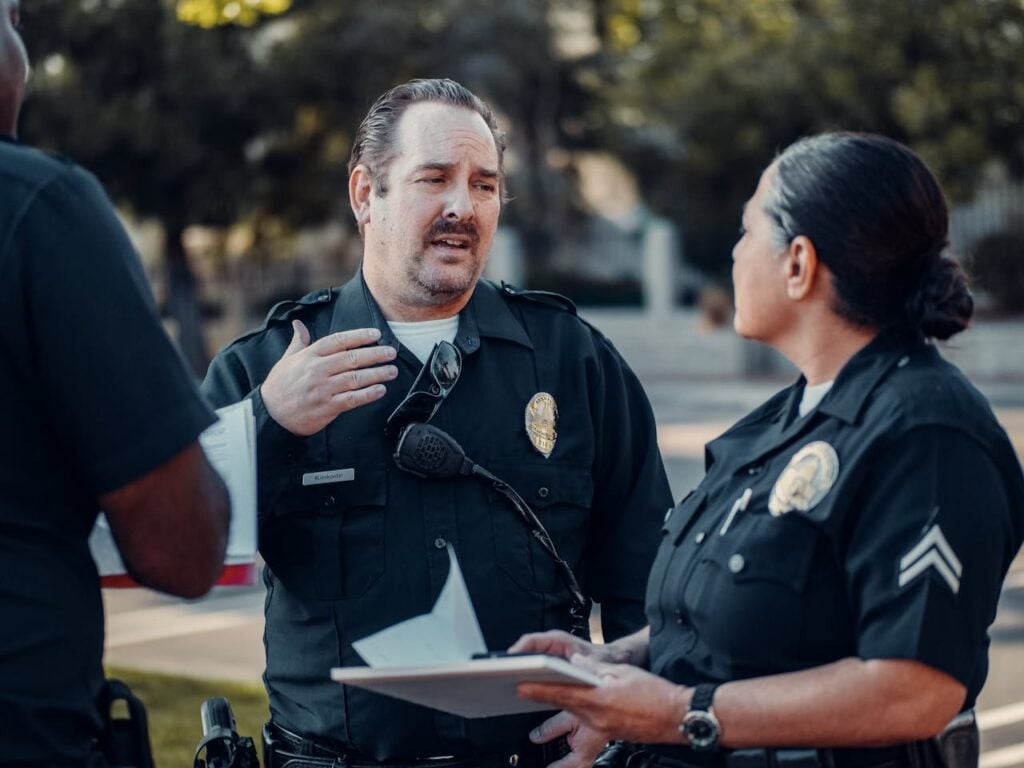
Some proponents argue that a uniform look, which could include a mask, can help to depersonalize encounters in a positive way. The idea is that it focuses the interaction on the uniform and the office, rather than on the individual officer’s personal characteristics. This could theoretically reduce claims of bias and make the encounter feel more professional and standardized.
In a large-scale crowd control situation, having all officers present a completely uniform appearance could also create a sense of order and cohesion. This argument suggests that the mask is just another part of the uniform, designed to create a sense of impersonal authority and control.
6. The argument against: It dramatically reduces individual accountability.
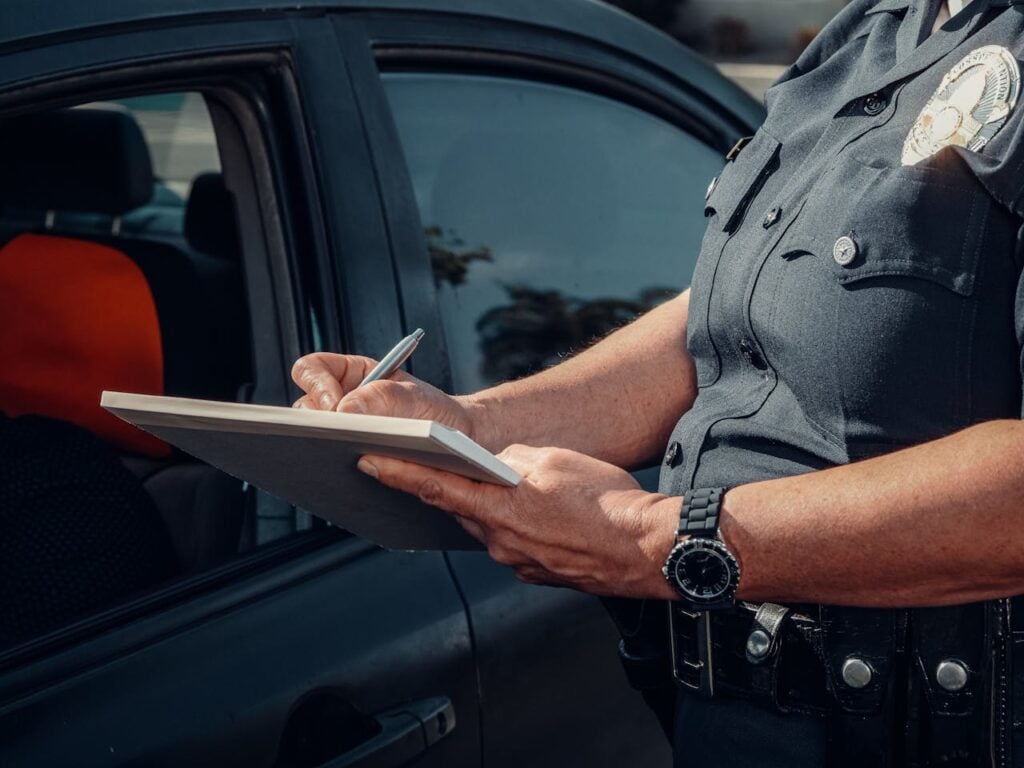
This is perhaps the most significant argument against allowing local police to wear masks. Accountability is a cornerstone of a democratic police force. Citizens and oversight bodies must be able to identify an officer in order to report misconduct or provide testimony. A mask makes this nearly impossible, creating a sense of anonymity that can lead to a feeling of impunity.
While body cameras are helpful, they are not a perfect solution. They can be turned off, fall off, or have their view obstructed. The officer’s face remains a key identifier. Opponents argue that allowing masks would make it far too easy for an officer to abuse their power without fear of being identified and held accountable for their actions.
